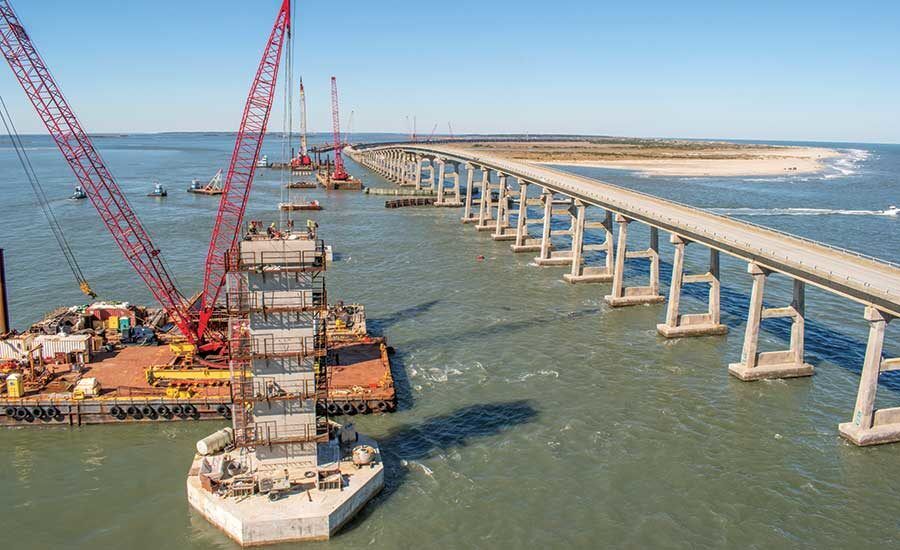On March 26, 2024, the Francis Scott Key Bridge collapsed in Baltimore, killing six workers and highlighting the worsening condition of the nation's bridges. Less than five months later, a highway bridge in China collapsed, killing 38, showing that compromised bridge structures aren't just an American problem. Thankfully, engineering solutions are available for this problem, with companies like Roxtec and others working hard to keep people safe from this real danger.

How Bridges Get Damaged By Water
Engineers design bridges to resist water-related damage for decades and even centuries. However, minor flaws in these plans or issues with the material can compromise a bridge's integrity. Even worse, it can get damaged unexpectedly over the years, worsening its condition further. Common causes of bridge damage include:
● Impact damage caused by trees, cars, or other large items during floods
● Flood water eroding a bridge's foundation or the soil beneath it
● Large masses of small debris building up against a bridge and applying pressure
● Rising water tearing out asphalt and leaving the bridge's structure vulnerable
● Scour or a weakened support system beneath the bridge caused by natural wear and tear
Statistics On Bridge Structural Integrity Aren't Good
According to multiple sources, 42% of the nation's 617,000 bridges are over 50 years old, and 7.5%, or 46,154, are structurally deficient. That means they're in "poor" condition and need considerable repair to be safe. With over 178 million trips across these bridges daily, many people risk their lives without knowing it. Even worse, structural spending has declined heavily in recent years, leaving the estimated $125 billion bridge repair bill unpaid.
Common Pre-Construction Solutions for Potential Bridge Damage
Protecting bridges from water damage typically starts at the engineering stage by planning for 200-year flood levels and then some. A 200-year flood level is a catastrophic flood that shouldn’t occur more than once every 200 years. Engineers create bridges with decks that rise far above flood levels and use trusses and spans to minimize structural integrity under the bridge.
While these solutions are great for building a new bridge, they're not applicable to already-built bridges. Furthermore, they don't always consider problems like bridge pipes, cables, support beams, and other weak points. Often, these areas are the most heavily damaged by floods and need stronger protection to minimize any danger. Thankfully, waterproofing tools can stop water from affecting these areas and reduce long-term damage.
Waterproofing Solutions Can Keep Already Crafted Bridges Protected
While waiting for more extensive bridge-damage solutions, companies like Roxtec have been working with state and federal authorities to protect our nation's infrastructure. Sealing systems protect bridges from problems like fire, flood, gas, dust, and electromagnetic interference. It's particularly beneficial for cable and pipe seals throughout a complex bridge's structure.
Utilizing protection like this can help minimize some types of bridge damage and provide strong protection for many bridge areas. Cities and states concerned about the state of their bridges should consider solutions like these before reengineering or rebuilding their bridges. Doing so can help buy some time and keep damage from spiraling out of control.
Sources







.png)



.jpg)
Write a comment ...